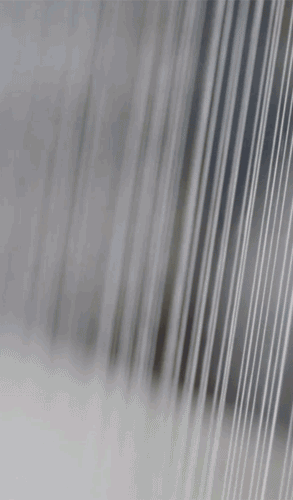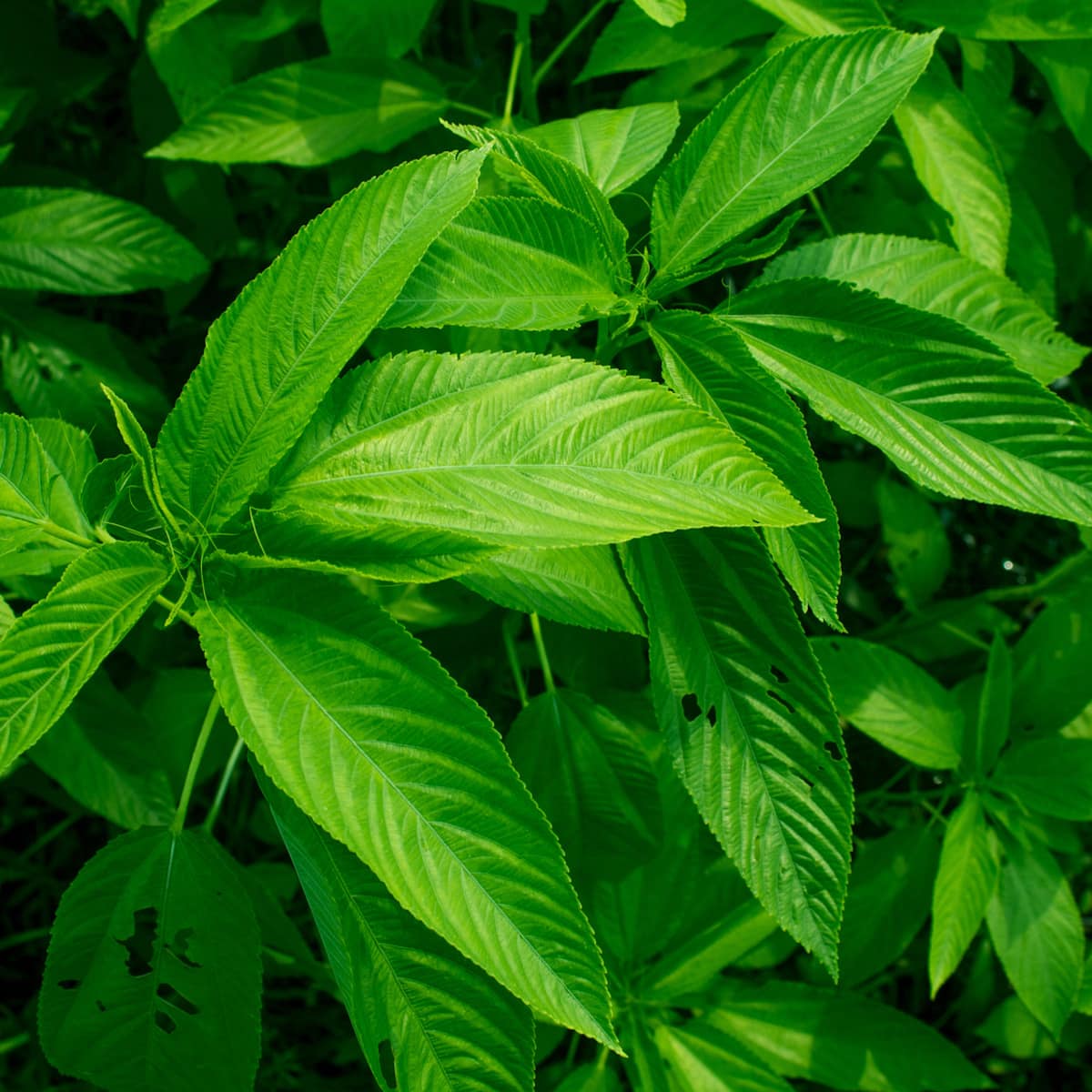Sustainability
Sustainable, Environmentally Friendly And Chemical-Free Products
Sustainability - TailorVibe | Sustainability - TailorVibe | Sustainability - TailorVibe | Sustainability - TailorVibe | Sustainability - TailorVibe | Sustainability - TailorVibe | Sustainability - TailorVibe | Sustainability - TailorVibe | Sustainability - TailorVibe | Sustainability - TailorVibe | Sustainability - TailorVibe | Sustainability - TailorVibe | Sustainability - TailorVibe | Sustainability - TailorVibe | Sustainability - TailorVibe | Sustainability - TailorVibe | Sustainability - TailorVibe | Sustainability - TailorVibe | Sustainability - TailorVibe | Sustainability - TailorVibe | Sustainability - TailorVibe | Sustainability - TailorVibe | Sustainability - TailorVibe | Sustainability - TailorVibe | Sustainability - TailorVibe | Sustainability - TailorVibe | Sustainability - TailorVibe | Sustainability - TailorVibe | Sustainability - TailorVibe | Sustainability - TailorVibe | Sustainability - TailorVibe | Sustainability - TailorVibe | Sustainability - TailorVibe | Sustainability - TailorVibe | Sustainability - TailorVibe | Sustainability - TailorVibe | Sustainability - TailorVibe | Sustainability - TailorVibe | Sustainability - TailorVibe | Sustainability - TailorVibe | Sustainability - TailorVibe | Sustainability - TailorVibe | Sustainability - TailorVibe | Sustainability - TailorVibe | Sustainability - TailorVibe | Sustainability - TailorVibe | Sustainability - TailorVibe | Sustainability - TailorVibe | Sustainability - TailorVibe | Sustainability - TailorVibe | Sustainability - TailorVibe | Sustainability - TailorVibe
Skip to content
At Tailorvibe, we prioritize protecting the planet by providing sustainable, eco-friendly, and non-toxic drapery solutions. Opting for Tailorvibe means contributing to environmental preservation.
Raw materials for our products are carefully crafted from organic materials such as cotton, linen, hemp,sisal, jute and bamboo. Recycled polyester fibers are included in some blends. Organic fabrics are made using eco-conscious methods, without harmful chemicals or pesticides. Choosing organic is a gentle choice for the Earth.



A plant native to China, the region with the richest variety of bamboo species

Introduction To Bamboo
Bamboo, originating from China, is a versatile and rapidly growing plant with a rich cultural significance and a wide range of uses.
Our bamboo blind products are crafted from high-quality bamboo imported from China, known for its sustainability, strength, and versatility. These bamboo materials are selected for their ecological benefits and traditional significance, ensuring that our products not only offer a touch of natural elegance but also stand for environmental responsibility and cultural heritage.
A sustainable fiber for the production of linen fabrics

Introduction To Flax
Flax, a robust bast fiber derived from the flax or linseed plant, boasts impressive strength and a glossy appearance. Its color spectrum includes ivory, light brown, and gray.
Flax boasts a rich historical heritage, having been utilized in the creation of garments, sailcloth, and cordage since the times of ancient Egypt. It was consistently the primary material for textiles in ancient Greece, ancient Rome, and throughout medieval Europe. The advent of the Industrial Revolution saw a boom in the linen textile sector, which, however, was eventually overshadowed by the rise of cotton. In contemporary times, there has been a resurgence of interest in flax, largely attributed to the growing emphasis on eco-friendly materials.
A low-cost, easy-maintenance, fast-growing fiber

Introduction To Jute
Jute, with high lignification, is a natural fiber derived from the jute plant. Often called the 'golden fiber' for its color and strength, it is the second most produced fiber globally.
Jute boasts a lengthy history of use. In ancient Egypt and India, it was employed to manufacture clothing, ropes, and various other items. During the Middle Ages in Europe, jute was widely utilized in the production of textiles, ropes, and canvas. The colonial period saw jute's introduction to the Americas, where it became a crucial raw material for European markets. However, the emergence of synthetic fibers led to a decline in jute's popularity. In recent times, there has been a resurgence of interest in jute, driven by the growing demand for eco-friendly materials.
A strong plant fiber similar to linen

Introduction To Ramie
Ramie, often referred to as Chinese grass, is among the oldest fibers used in the textile industry and is recognized for its exceptional strength as a natural plant fiber. Its natural white color exhibits a silky luster akin to linen.
Ramie has an ancient history and was used by ancient civilizations in China and India around 6000 BC. Ramie was widely used in ancient Egypt, ancient Greece and ancient Rome to make clothing, ropes and canvas. In medieval Europe, ramie was one of the main textile raw materials. During the colonial era, European colonists introduced ramie to the Americas and cultivated it on a large scale. In recent years, ramie has once again attracted attention due to the demand for sustainable materials, re-emerging in fields such as fashion and home furnishings.